Coco Chanel, born Gabrielle Chanel in 1883, revolutionized the fashion industry with her pioneering designs. She is best known for creating iconic pieces such as the Little Black Dress and the Chanel Suit, which elegantly blended structure with femininity. Chanel's innovative approach to using jersey fabric prioritized comfort, breaking away from the restrictive styles that dominated her era. Her signature fragrance, Chanel No. 5, not only transformed the perfume landscape but also remains a timeless classic. Despite facing controversies in her personal life, Chanel's legacy continues to inspire countless individuals to embrace their unique style. Explore how her redefined concepts of elegance and freedom have significantly influenced modern fashion and beyond.
Early Life and Background
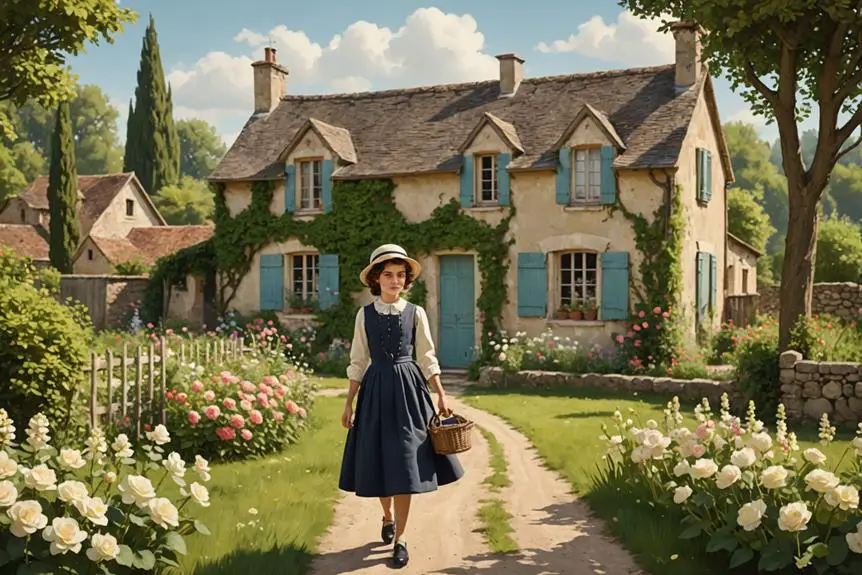
Coco Chanel, born Gabrielle Chanel on August 19, 1883, in Saumur, France, rose from a background marked by hardship and poverty. After her mother's passing when she was just 11, Gabrielle and her siblings found themselves in an orphanage, a place that would serve as a pivotal foundation for her future. It was here that she developed her sewing skills, which would later propel her into the world of fashion.
Adopting the stage name "Coco" during a brief career as a cabaret singer, she began to forge a distinctive identity. As she transitioned into the role of a seamstress, her exceptional talent quickly caught the attention of affluent patrons like Etienne Balsan and Arthur Capel. Their support opened doors to new opportunities, allowing her to explore her perspectives on femininity and style.
Gabrielle's formative experiences, characterized by adversity and self-reliance, ignited her innovative design philosophies. She did not merely create clothing; she revolutionized women's fashion by prioritizing comfort alongside elegance. This fusion of struggle and creativity ultimately shaped the legendary Coco Chanel that we admire and celebrate today.
Career Beginnings
In 1910, she took a bold step and opened her first hat shop, "Chanel Modes," at 21 rue Cambon in Paris. This shop quickly became popular, showcasing her innovative designs. Her career truly took off with the support of her lover, Captain Arthur Boy Capel, who helped her launch a boutique in Deauville in 1913.
Here are three key milestones from her career beginnings:
- Sewing Skills: Acquired at the orphanage, these skills became essential for her groundbreaking designs.
- Chanel Modes: Opened in 1910, this hat shop marked her significant entry into the fashion world.
- Deauville Boutique: Launched in 1913, this expansion further solidified her influence in the fashion industry.
These early ventures laid the foundation for what would evolve into a legendary career in fashion design.
Rise to Fashion Fame
Throughout the early 1910s, the innovative spirit of a certain fashion designer and her keen understanding of women's needs propelled her into the spotlight of the fashion world. Her first shop, opened in Paris in 1910, initially focused on hats and quickly attracted notable figures from the arts and literature. As World War I unfolded, this designer recognized the growing demand for practical clothing, creating stylish options that provided comfort and mobility for women. This approach marked the beginning of her rise to fame and garnered her a loyal clientele.
By 1919, she relocated her fashion house to 31 rue Cambon, which became a hub of innovation and creativity, symbolizing her increasing influence in the industry. The launch of her signature fragrance in 1921 was a game-changer, as it marked the first perfume associated with a fashion house and revolutionized the fragrance market.
In 1926, she introduced the little black dress, transforming a traditionally somber color into a chic staple for evening wear. This bold move further solidified her status as a style icon, showcasing her ability to redefine haute couture and elevate women's fashion. Her rise to fame was not just about clothing; it was about empowering women through style.
Signature Designs and Innovations
Coco Chanel's influence on the fashion industry extended far beyond her ascent to prominence; her signature designs and innovations fundamentally transformed women's attire. By blending elegance with practicality, Chanel revolutionized women's fashion, introducing styles that have become enduring classics. Here are three of her most iconic contributions:
- The Little Black Dress: Debuted in 1926, this design redefined a color previously linked to mourning, elevating it to a symbol of sophisticated elegance and establishing it as an essential piece in every woman's wardrobe.
- The Chanel Suit: Introduced in 1925, this suit featured a collarless jacket paired with a fitted skirt, seamlessly integrating elements of menswear with feminine sophistication. It emphasized comfort and practicality, perfectly reflecting the lifestyle of the modern woman.
- Chanel No. 5: Launched in 1921, this fragrance was groundbreaking as the first perfume associated with a fashion designer, creating a new benchmark in the fragrance industry.
Moreover, Chanel's innovative use of jersey fabric and the introduction of her iconic interlocking CC logo in the 1920s further cemented her legacy in luxury and women's fashion. Through these pioneering contributions, Coco Chanel redefined the concept of elegance and established a lasting impact on the fashion world.
Personal Life and Relationships
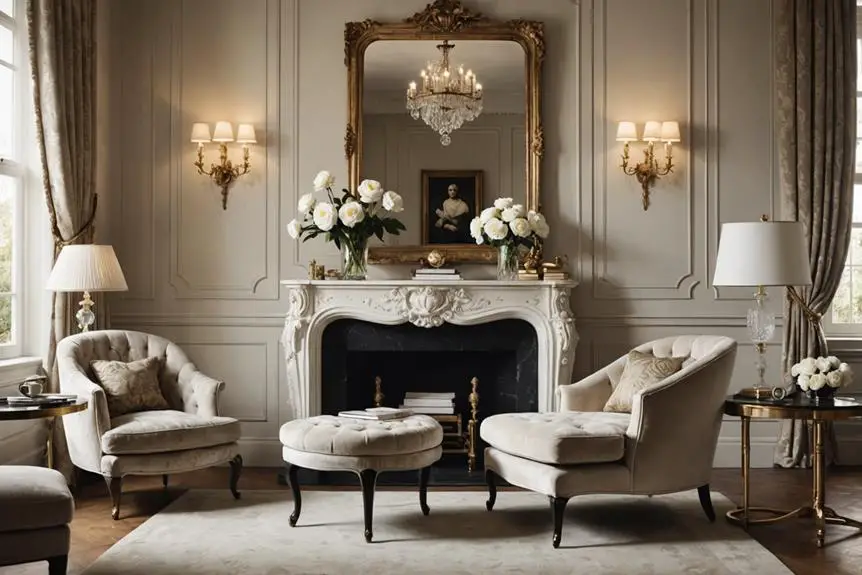
Coco Chanel's personal life was as dynamic and influential as her career in fashion. Her relationships with affluent individuals, such as textile heir Émile Balsan, opened doors to high society, providing crucial financial support during her formative years. Balsan's influence played a significant role in establishing the foundation of Chanel's empire.
One of her most impactful relationships was with Captain Arthur Edward Boy Capel, with whom she shared a nine-year affair that not only inspired her design aesthetic but also funded her first shops. His untimely death in 1919 profoundly affected her, leading Chanel to commission a memorial at the site of the accident, symbolizing the deep loss she experienced.
After Capel, Chanel embarked on a decade-long romance with the Duke of Westminster, a relationship characterized by opulence and luxury. This connection further entrenched her position within European aristocracy, allowing her to socialize with prominent figures such as Winston Churchill and Edward, Prince of Wales.
Through these influential relationships, Coco Chanel crafted a life that intertwined love, loss, and ambition, demonstrating her remarkable ability to navigate both the fashion industry and the complex social landscape of her time.
Challenges and Controversies
Navigating the intricate landscape of her career, Coco Chanel faced a multitude of challenges and controversies that significantly influenced her enduring legacy. A pivotal moment was her relationship with a Nazi officer during World War II, which led to accusations of collaboration that marred her reputation. Following the war, Chanel underwent interrogation but managed to evade charges, largely due to her prominent connections, including Winston Churchill. This situation only intensified public speculation regarding her actions during the war.
Here are three key controversies that characterized her tumultuous journey:
- Wartime Relationships: Chanel's connections with the occupying forces raised serious concerns about her loyalty to France, casting a long shadow over her legacy.
- Business Disputes: Her efforts to reclaim control of her perfume line from Pierre Wertheimer resulted in highly publicized disputes regarding profits and ownership, drawing media attention and criticism.
- Fashion Comeback: Upon her return to the fashion industry in 1954, Chanel was perceived by some as outdated in comparison to Christian Dior's revolutionary New Look, leading to skepticism about her relevance in a changing fashion landscape.
Despite her successful resurgence, the controversies surrounding her wartime affiliations and her candid remarks about Hollywood kept her a polarizing figure. Chanel's remarkable ability to defy expectations and navigate these challenges ensured her place as a pivotal force in fashion history.
Legacy and Influence
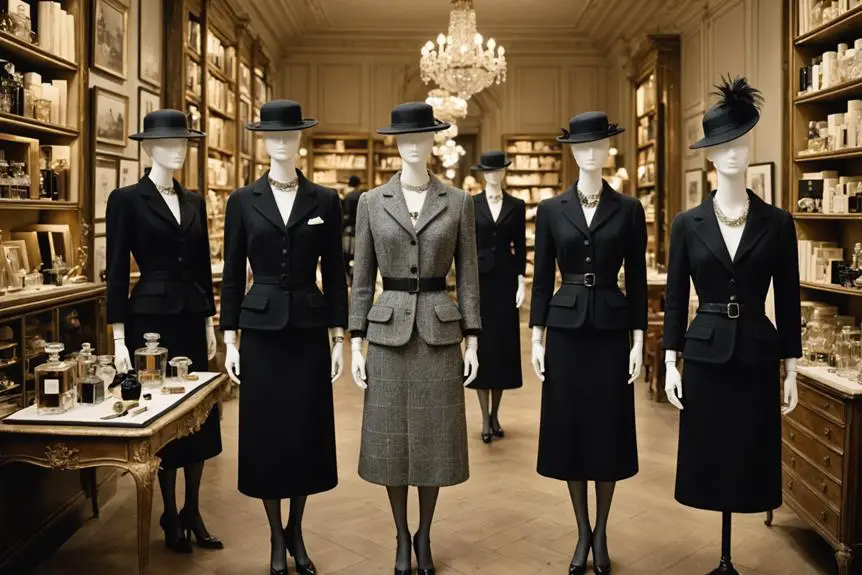
Despite the controversies that surrounded her life and career, Coco Chanel's legacy has endured, leaving an indelible mark on the fashion industry and beyond. As a pioneering fashion designer, she introduced the iconic Little Black Dress in 1926, transforming a color once associated with mourning into a symbol of elegance and sophistication. Her innovative designs, such as the Chanel suit, which debuted in 1925, redefined women's fashion by merging masculine and feminine styles, promoting comfort, and challenging traditional gender roles.
Chanel No. 5, launched in 1921, was the first perfume linked to a designer and has since become a timeless luxury product, remaining one of the best-selling fragrances worldwide. Her influence extended beyond mere aesthetics; she played a pivotal role in women's liberation, encouraging independence and challenging prevailing body image norms.
Even after her death in 1971, Chanel's brand continued to thrive, especially under Karl Lagerfeld's creative direction starting in 1983. He revitalized the label, reaffirming its status as a beacon of luxury fashion. Through her visionary approach, Coco Chanel created a legacy that resonates in today's fashion world, inspiring countless designers and women alike.
Cultural Impact and Representation
The cultural impact of Coco Chanel extends well beyond the realm of fashion; her designs and philosophies symbolize empowerment and individuality. By defying traditional norms, her work not only transformed clothing but also influenced societal attitudes toward women.
Here are three key elements of her cultural representation:
- Redefining Women's Fashion: Chanel freed women from the constraints of corsets, promoting a sporty, active lifestyle that encouraged independence.
- The Little Black Dress: Launched in 1926, this iconic garment shifted the perception of black from a color of mourning to a symbol of chic sophistication, forever changing fashion norms.
- Innovative Materials: By utilizing jersey fabric, typically associated with menswear, she redefined comfort and challenged gender norms in women's clothing.
Moreover, the introduction of Chanel No. 5 in 1921 revolutionized luxury and femininity in the world of perfumery, solidifying her status as a cultural icon. Coco Chanel's legacy continues to inspire generations, motivating women to embrace their individuality and defy societal expectations through their personal style.
Frequently Asked Questions
Who Did Coco Chanel Refuse to Marry?
You might find it intriguing that the renowned fashion designer Coco Chanel, despite relationships with influential figures like Captain Boy Capel and the Duke of Westminster, refused to marry, prioritizing her independence and personal freedom over traditional commitments.
What Were Coco Chanel's Most Famous Designs?
Coco Chanel's most famous designs include the little black dress, the Chanel suit, and Chanel No. 5 perfume. Each piece redefined fashion, blending elegance with comfort, and remains iconic in modern wardrobes worldwide.
Who Is the Model for Coco Chanel?
The model for Coco Chanel embodies elegance and confidence, characterized by a chic simplicity that redefined women's fashion. Her designs are often showcased by influential actresses and socialites, who effortlessly bring Chanel's vision to life. These iconic figures inspire generations with their timeless sophistication and style, encapsulating the essence of Chanel's revolutionary approach to fashion.
Who Was Coco Chanel's Muse?
Chanel's muses encompassed influential figures such as Gabrielle Dorziat, who famously showcased her hats, alongside iconic actresses like Marlene Dietrich. These remarkable women not only inspired Chanel's designs but also embodied the modern, liberated woman she sought to represent in her fashion creations.
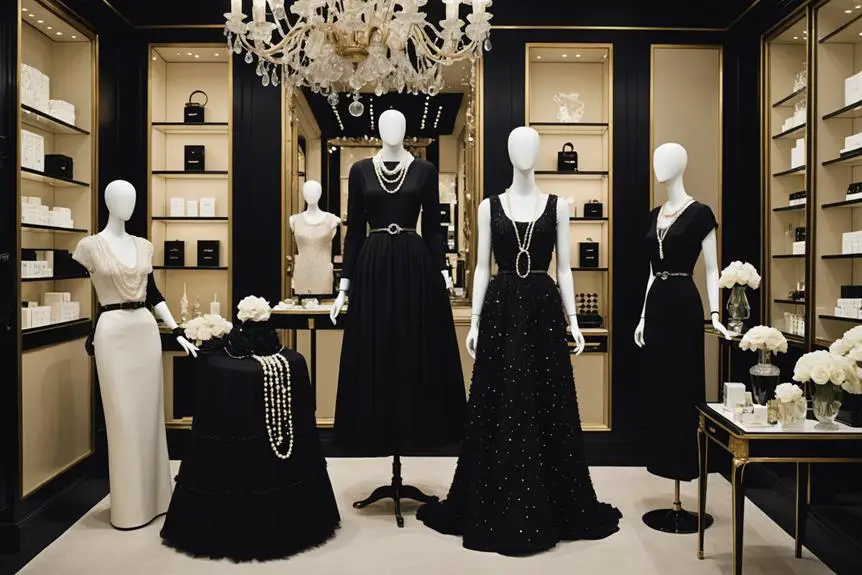


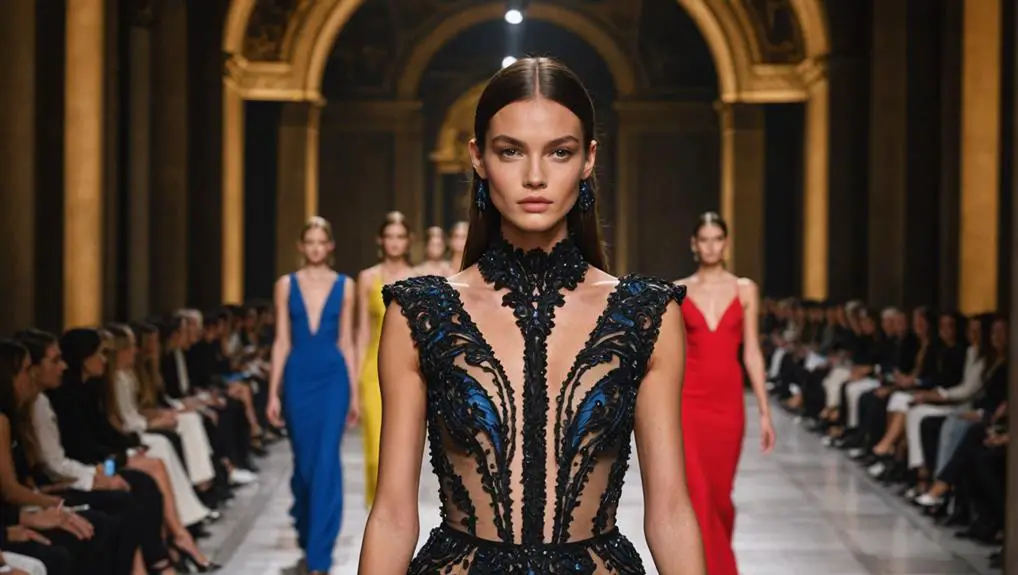

Can you be more specific about the content of your article? After reading it, I still have some doubts. Hope you can help me.
https://t.me/s/TgGo1WIN/4
Your article helped me a lot, is there any more related content? Thanks! https://www.binance.info/fr-AF/register-person?ref=JHQQKNKN
Your article helped me a lot, is there any more related content? Thanks!